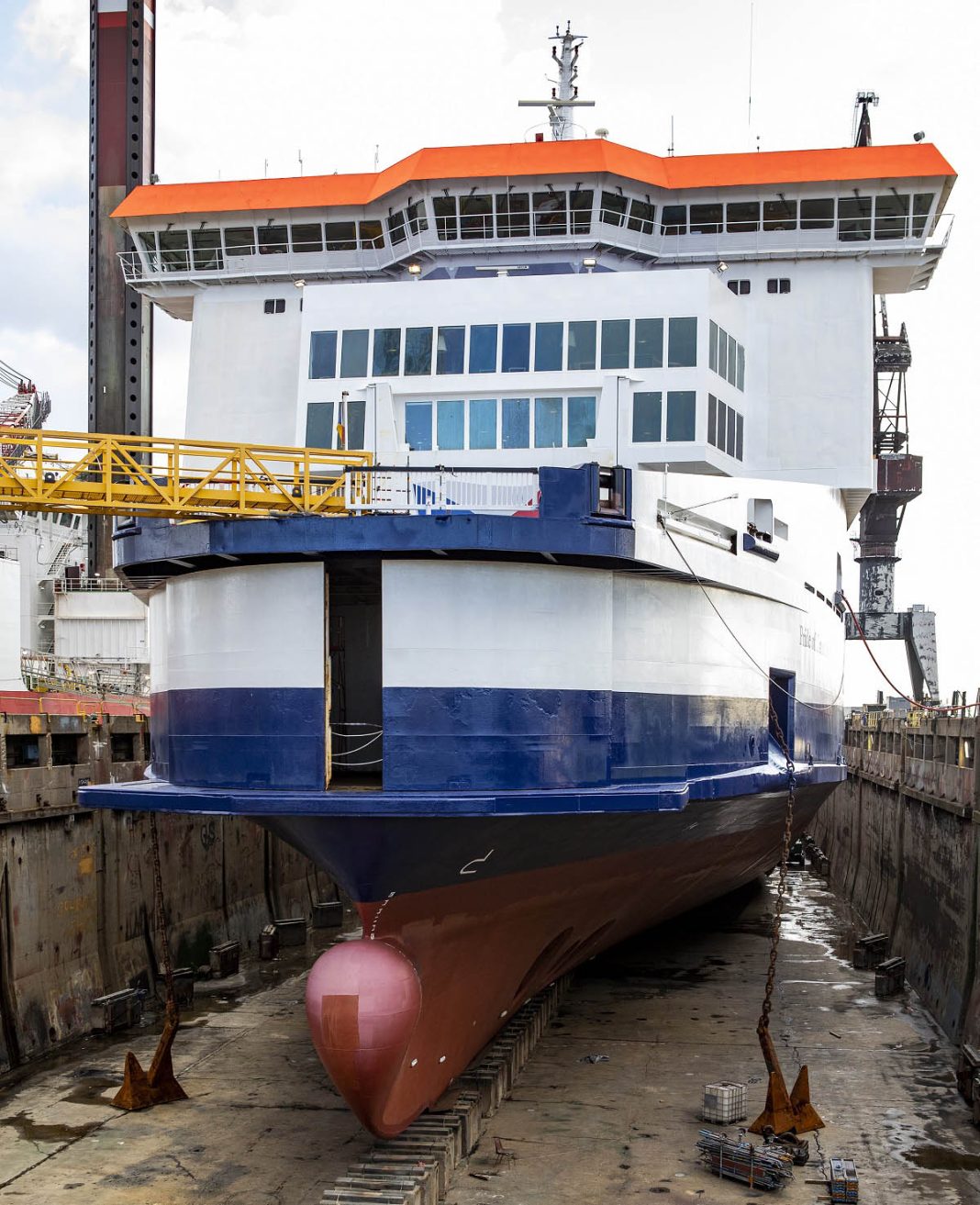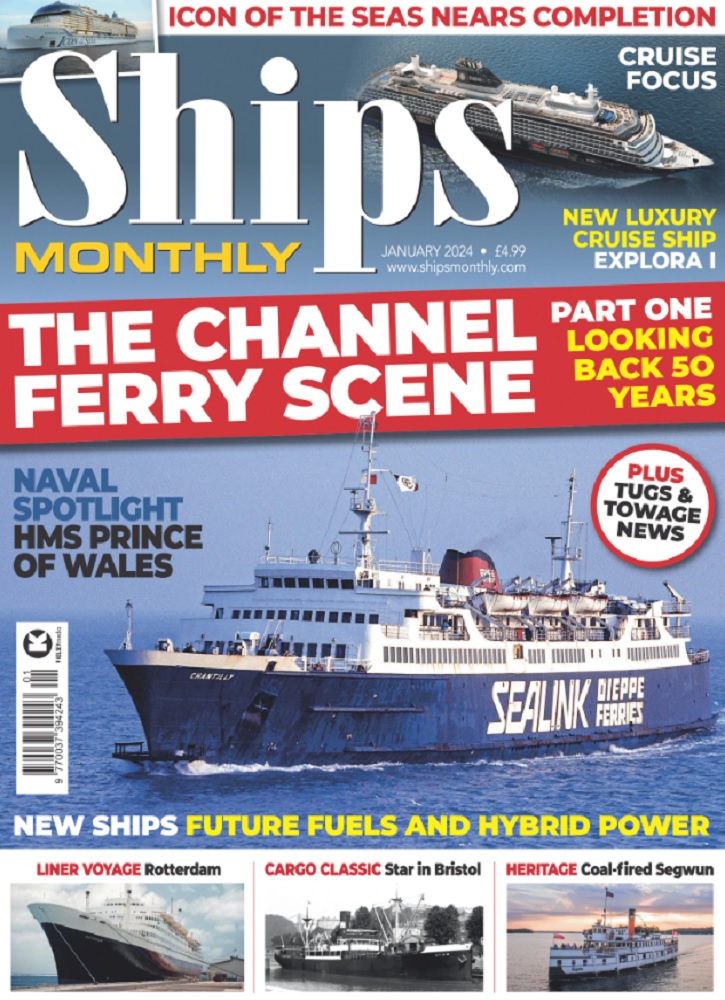Late last year, a team of Damen group subsidiaries completed a challenging project to replace one of the twin rudder stocks on P&O Ferries’ Pride of Canterbury.
The 180m 30,635gt ro-pax vessel operates on the Dover-Calais crossing, the busiest shipping lane in the world.
The nearly 30-year-old vessel is equipped with twin Van der Velden® BARKE rudder systems engineered and made by Damen Marine Components (DMC).
Replacing the stock on the starboard rudder enables the ferry to extend its already long life in such a demanding role.
The project involved three Damen companies working closely together. Damen Verolme Rotterdam (DVR) hosted the vessel while DMC coordinated the project and managed assisting service engineers from DVR and Damen Shiprepair Rotterdam (DSR).
The works began with the removal of the rudder and its stock taking placing in DVR’s no.5 drydock. The rudder, together with its worn stock, was then transported by road to nearby DSR where it was disassembled and the parts cleaned.
Meanwhile, DMC had designed and supplied the new rudder stock and delivered it also to DSR, ahead of installation.
The most technically exacting part of the project was the fitting of the new stock to the rudder. This had to be done to the finest tolerances using techniques including bluefit to ensure optimal performance.
Any errors in the machining that affected the positioning and finish, and the stock would have to be discarded and refabricated, with a high cost in time and money.
The fitting took place at DSR and to ensure that the process went perfectly, experienced service engineers from the sister companies teamed up under the guidance of DMC and used the old rudder stock for a trial fit.
This determined the exact values that the replacement stock would need to meet in order to fit the rudder blade perfectly. Tests took place during the machining in order to ensure that the process continued on track.
With the new rudder stock fitted to the correct values, the blade was hung vertically and the new stock inserted to confirm that it fitted. The two parts were then transported to DVR and mounted in the vessel where the gap between the rudder stock and blade was measured and determined to be exactly as specified. Finally, the rudder and steering gear were then prepared for operations and a swing-test was performed to confirm that everything worked perfectly.


